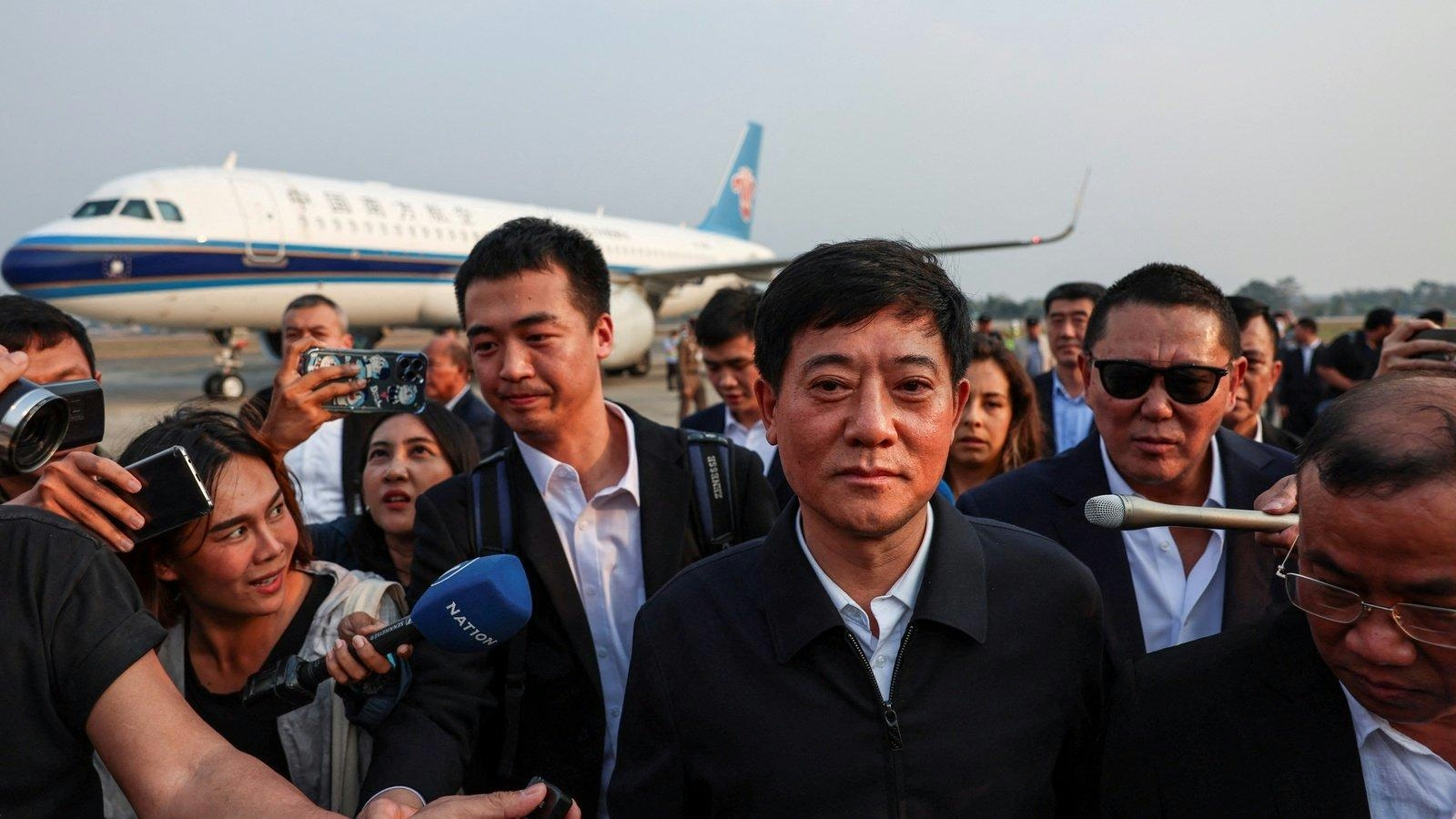
AeroGenie - مساعد الطيار الذكي الخاص بك.
الرائج الآن
Categories
The Rise of a Versatile Widebody Aircraft Challenges Boeing

The Rise of a Versatile Widebody Aircraft Challenges Boeing
The Airbus A330 family has established itself as a cornerstone of modern commercial aviation, with over 1,635 units produced as of June 2024. The latest iteration, the A330neo, offers a 14% improvement in fuel efficiency per seat compared to its predecessor, positioning it as a direct competitor to Boeing’s 787 Dreamliner in the medium- to long-haul widebody market. This development comes as Airbus recently overtook Boeing to become the world’s largest commercial airplane manufacturer, with the A330neo playing a critical role in the intensifying rivalry between the two aerospace leaders.
Evolution and Efficiency: The Re-Engineering of the A330
Introduced in 2018, the A330neo is an evolution of the original A330ceo, which first entered service in 1994. The decision to update the model was driven by airline demand for a more fuel-efficient aircraft, notably from carriers such as AirAsia. The A330neo incorporates advanced engines, including the Rolls-Royce Trent 7000, alongside aerodynamic improvements like sharklet wingtips. These enhancements have collectively increased fuel efficiency and extended the aircraft’s range by at least 400 nautical miles, with wing redesign alone contributing a 4% efficiency gain.
A significant advantage of the A330neo lies in its high degree of commonality with the A330ceo, sharing approximately 95% of parts. This commonality reduces maintenance expenses, limits the need for additional crew training, and ensures compatibility with existing airport infrastructure. The development process was notably cost-effective, with a project budget of around $2 billion and a streamlined design and testing phase, making it one of the most capital-efficient widebody aircraft programs in recent history.
Operational Flexibility and Market Influence
The A330neo’s versatility is among its most compelling attributes. Airbus highlights the aircraft’s capability to operate efficiently on routes ranging from as short as 30 minutes to as long as 17 hours. This broad operational range allows airlines to deploy the aircraft across diverse markets, simplifying fleet management and maintenance logistics by enabling a single aircraft type to serve both short- and long-haul flights.
Further enhancing its appeal are the aircraft’s improved fuel economy and optimized maintenance schedules. Components such as the engines and landing gear have been strengthened and lightened to maximize intervals between overhauls, thereby reducing operational costs and increasing aircraft availability.
Competitive Dynamics and Industry Trends
The emergence of the A330neo reflects a wider trend in the aviation sector, where both narrowbody and widebody aircraft are being utilized more intensively. Airbus has also intensified competition with Boeing through models like the A321LR, a single-aisle jet that offers comfort levels comparable to widebody aircraft.
In response, Boeing has sought to reinforce its market position. Airlines such as Cathay Pacific have expanded orders for the Boeing 777-9 as part of their fleet modernization efforts. Meanwhile, Boeing’s recent financial reports reveal ongoing attempts to mitigate losses and recalibrate its business strategy amid increasing competitive pressures.
As airlines prioritize flexibility and efficiency, the A330neo’s combination of extended range, cost-effectiveness, and operational adaptability positions it as a formidable competitor in the evolving commercial aviation landscape. The continuing competition between Airbus and Boeing remains a defining factor in shaping the industry’s future, with the A330neo at the forefront of this new chapter.

UAE Launches Hili, Its First Hybrid Cargo Plane
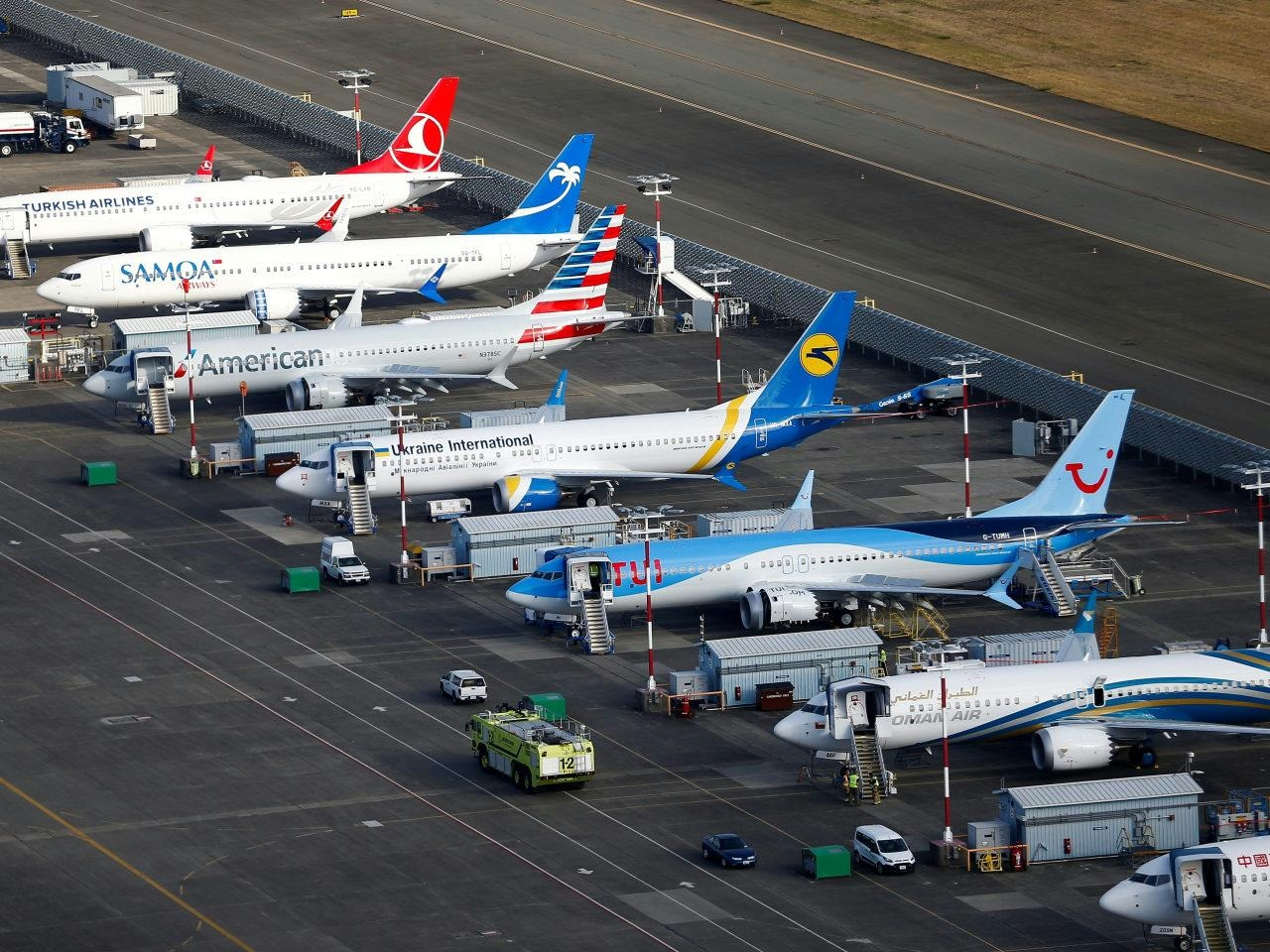
Oman Air Grounds Aircraft and Revises Flight Schedules Due to Supply Chain Delays
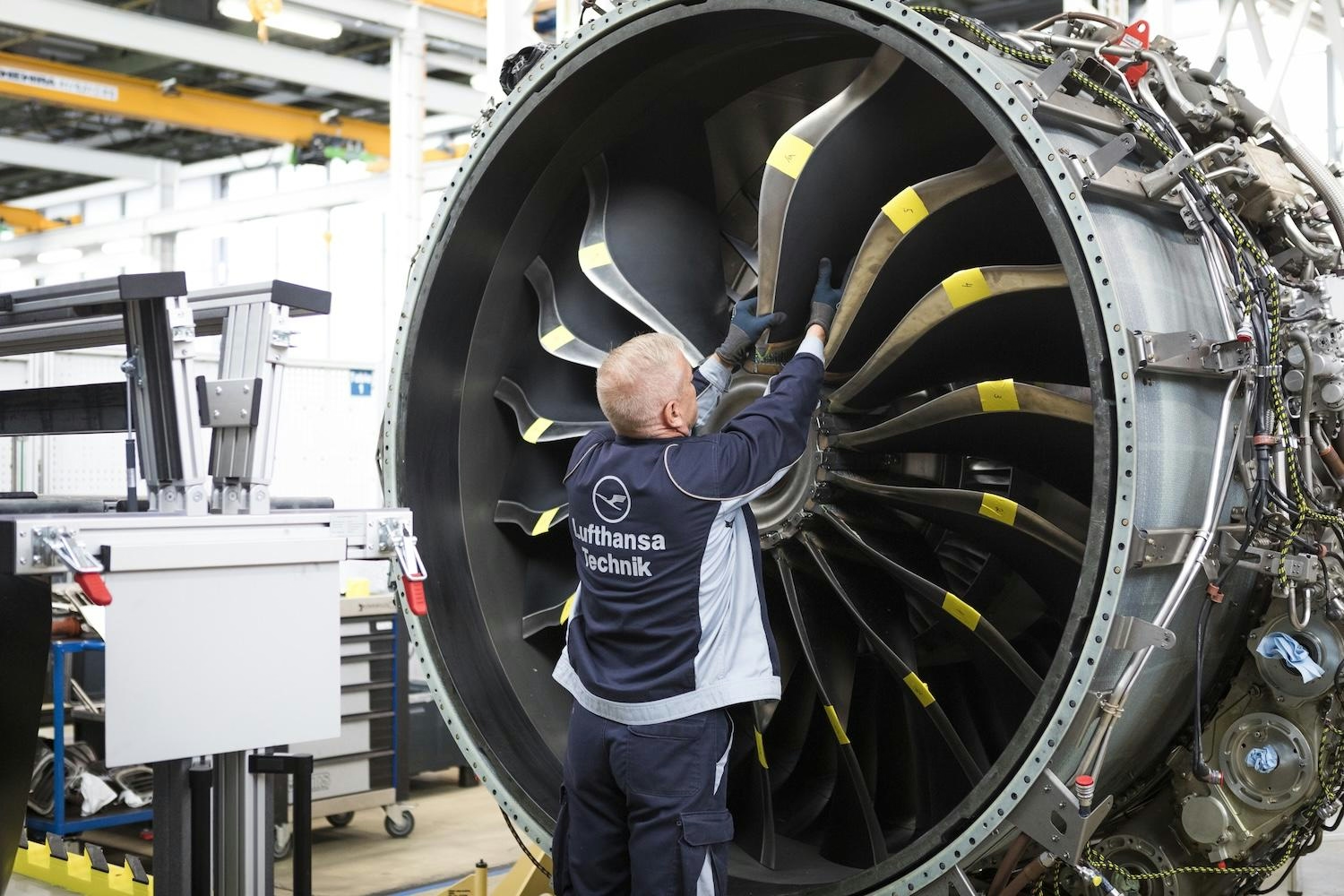
Lufthansa Technik Secures Extended Maintenance Contract with Marabu Airlines

Industry Leaders Convene at PAM Dublin to Advance Predictive Maintenance
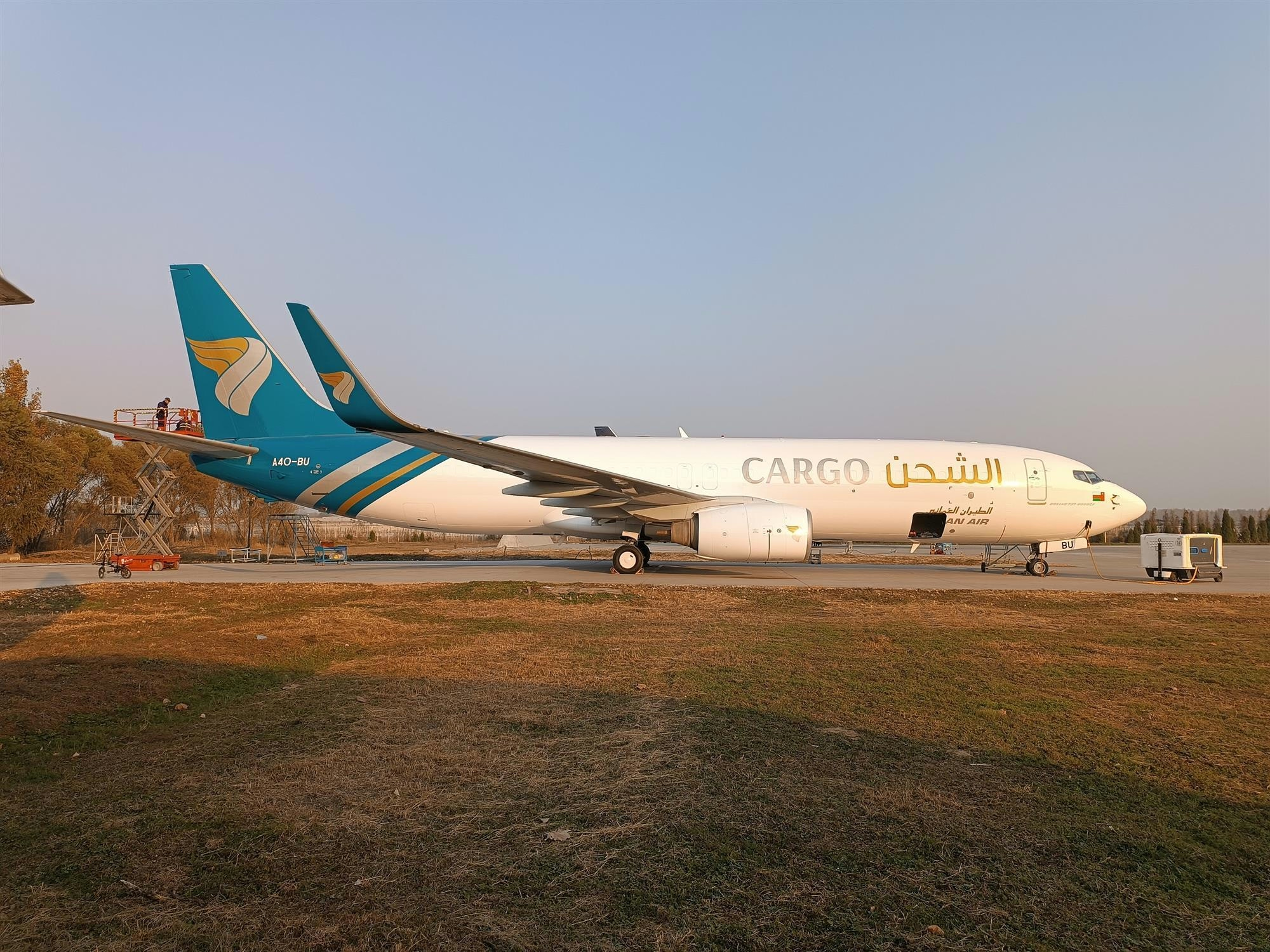
Oman Air Adjusts Flight Schedules Due to Global Supply Chain Disruptions

Qantas to Open Product Innovation Centre in Adelaide Focused on AI and Digital Transformation
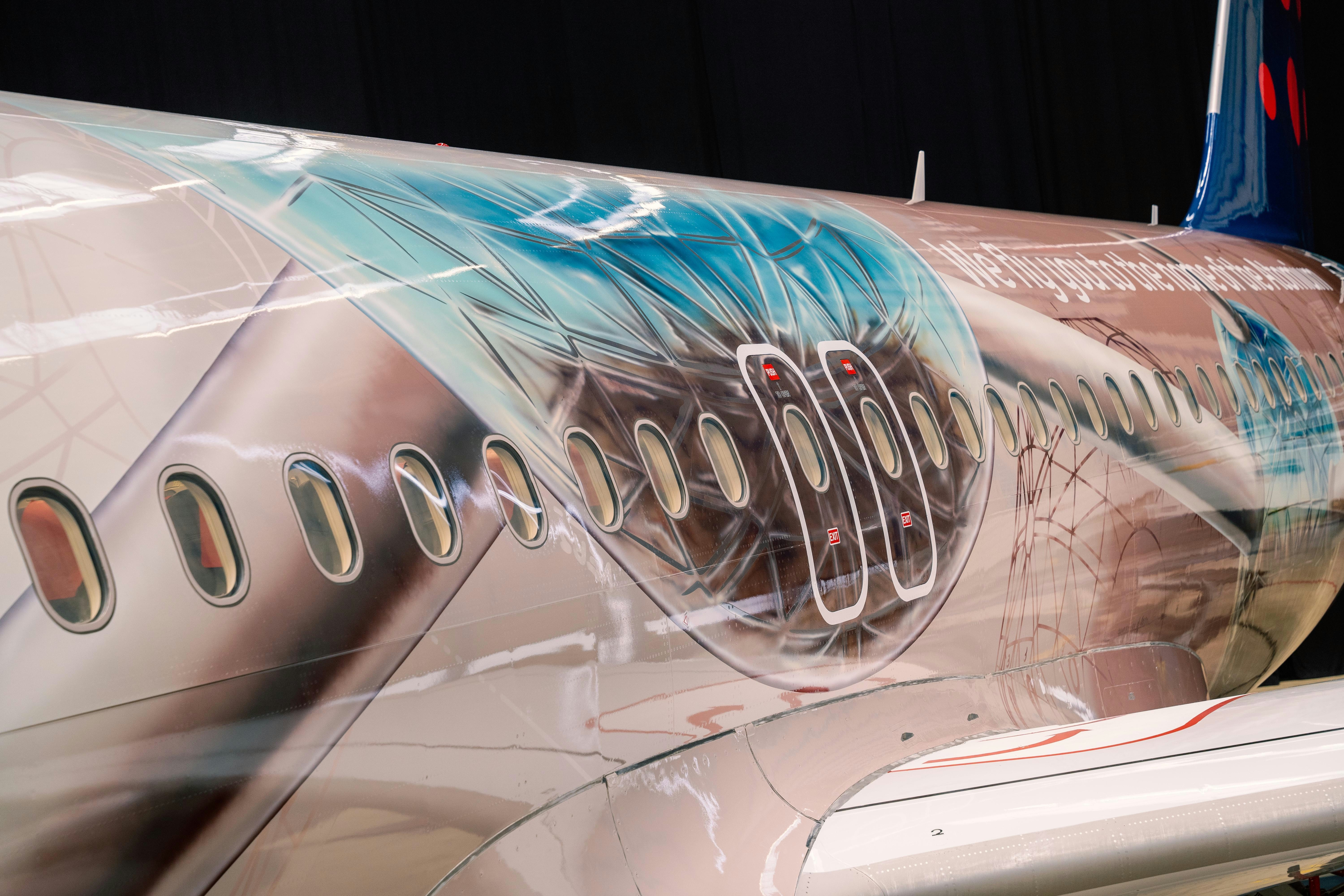
Passing the Baton: Hamburg Aviation Enters a New Era of Innovation
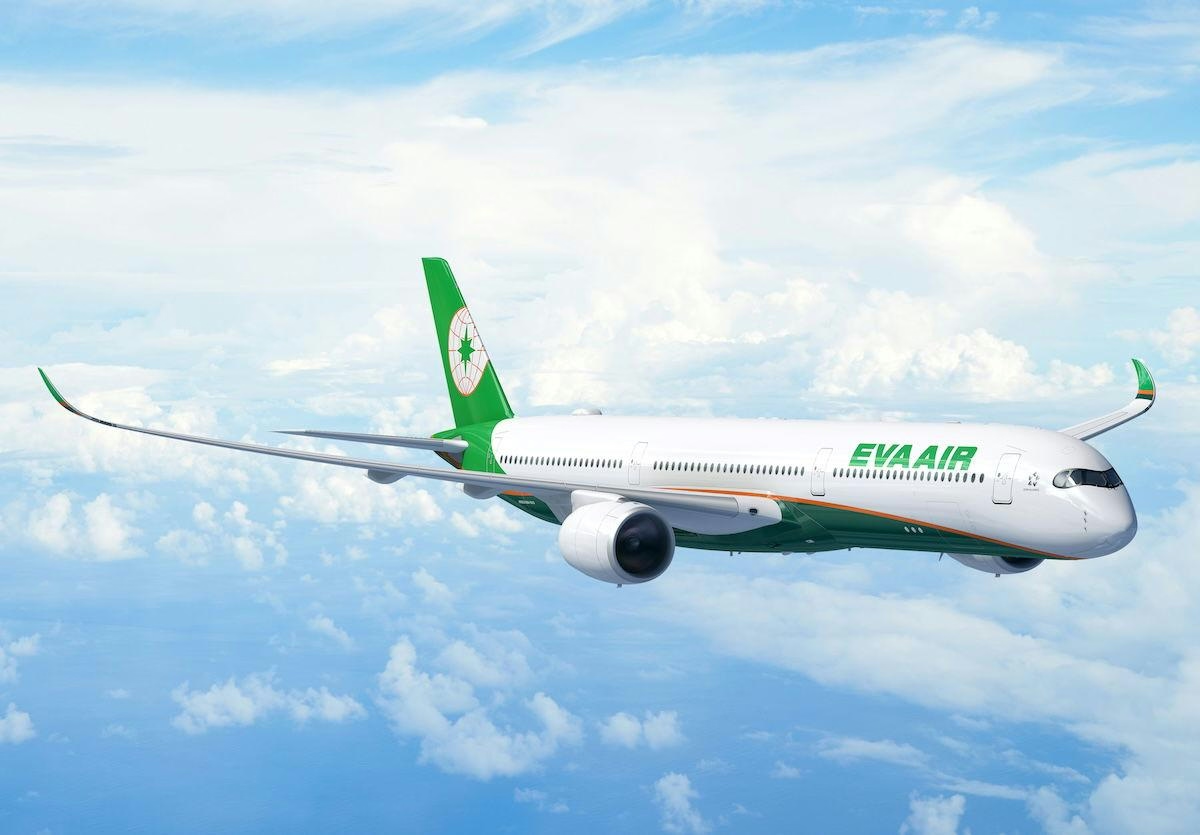
Potential New Order for Airbus A350-1000

LA Olympics to Use Air Taxis for Transporting VIPs, Fans, and Staff
